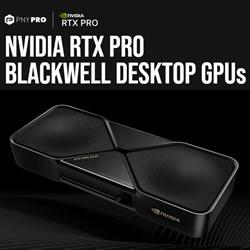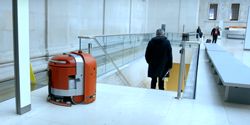Indoor Tracking Technologies in Robots & Drones
This thought experiment shows why robot localization, the task of maintaining a location position as robots move around, and obstacle avoidance, is so critical to the success of all non-stationary robots.
DIY Position Tracking Using HTC Vive's Lighthouse
From Alexander Shtuchkin:
Code & schematics for position tracking sensor using HTC Vive's Lighthouse system and a Teensy board.
General purpose indoor positioning sensor, good for robots, drones, etc.
3d position accuracy: currently ~10mm; less than 2mm possible with additional work.
Update frequency: 30 Hz
Output formats: Text; Mavlink ATT_POS_MOCAP via serial; Ublox GPS emulation (in works)
HTC Vive Station visibility requirements: full top hemisphere from sensor. Both stations need to be visible.
Positioning volume: same as HTC Vive, approx up to 4x4x3 meters.
Cost: ~$10 + Teensy 3.2 ($20) (+ Lighthouse stations (2x $135))
Skills to build: Low complexity soldering; Embedded C++ recommended for integration to your project.
(Github page)
Records 1 to 2 of 2
Featured Product

NVIDIA RTX PRO BLACKWELL DESKTOP GPUs
NVIDIA RTX PRO - Built for Professionals - NVIDIA RTX PRO Blackwell Desktop GPUs feature the latest breakthroughs in AI, ray tracing, and neural rendering technology to power the most innovative workflows in design, engineering, and beyond.
Robotics and Automation - Featured Company

MMP Inc. / MIDWEST MOTION PRODUCTS, INC.
The Leader in Rapid Prototyping of High-Quality Motion Control Solutions. MMP is actively engaged in the design, manufacturing and distribution of standard and custom motion control equipment, including fully reversible brushed and brushless DC gearmotors, motors with failsafe brakes and servomotors with feedback devices such as analog tachometers and encoders. We also provide fully-sealed IP-65 motor speed controls @ 12/24/48 VDC, AC~DC power supplies and a wide variety of 12/24 VDC linear actuators. If you need a sample right away, we can be a project saving convenience for you. We provide more than 8000+ released DC Gearmotor designs with cost-effective solutions for robotics and automation companies. These designs are unique and custom-built to suit the specific application requirements of the motion control projects.

